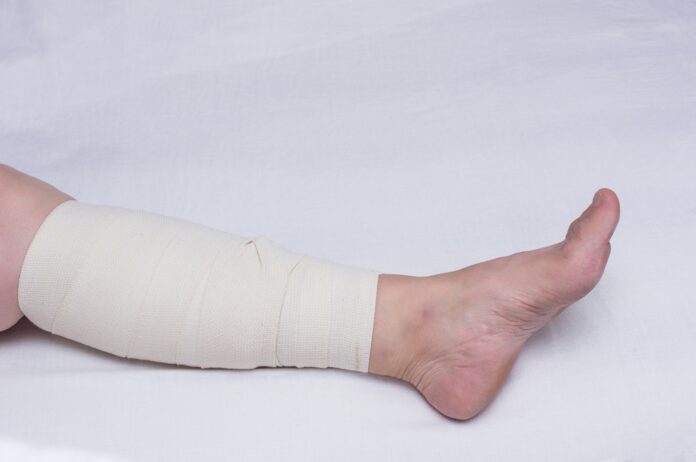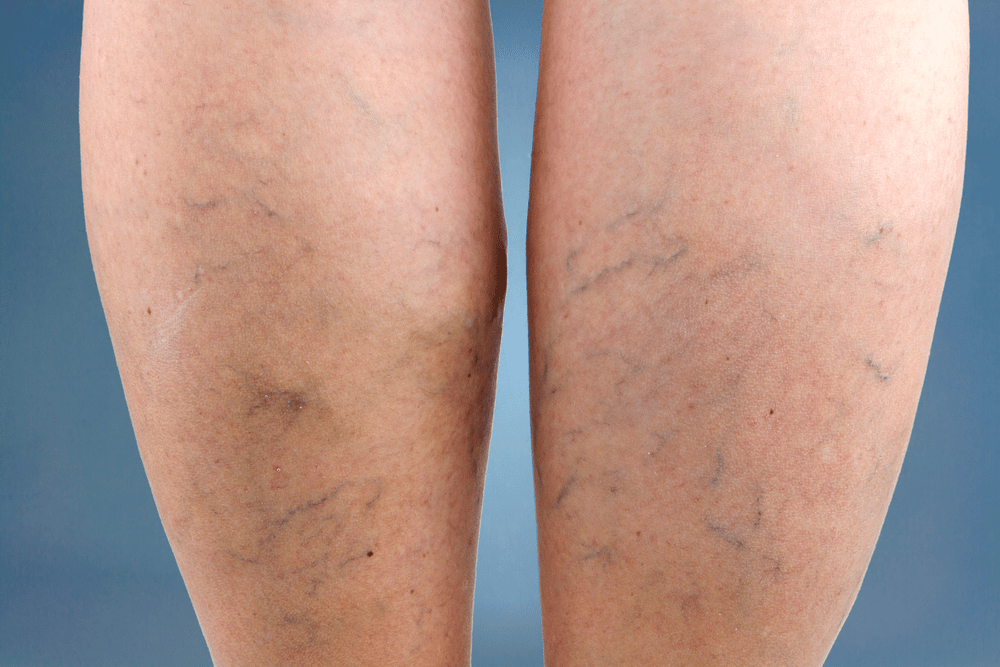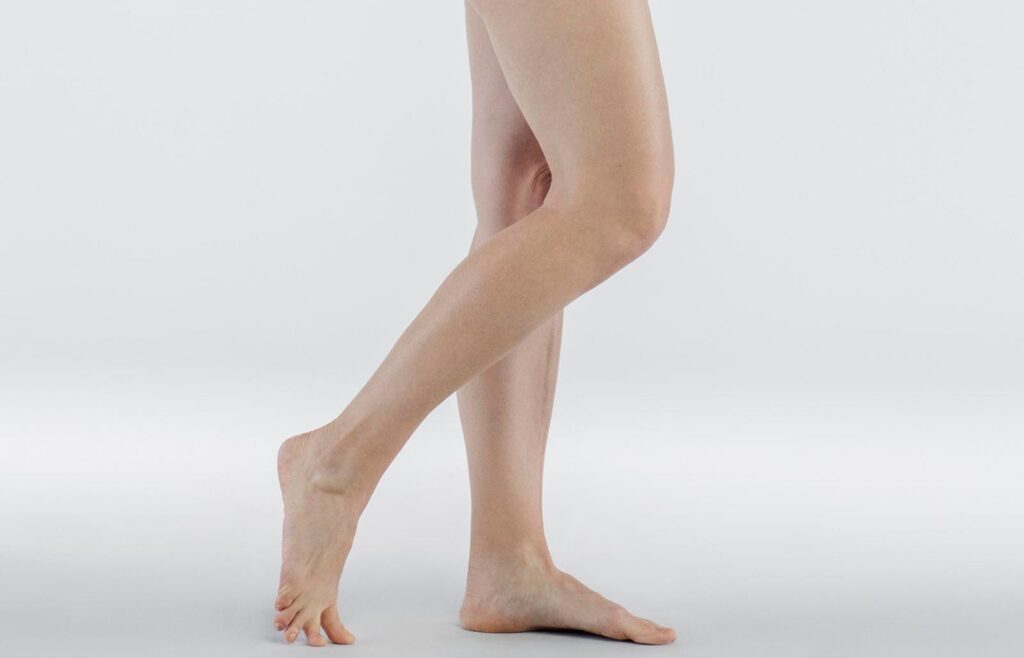
A phlebectomy is the surgical removal of unattractive or unpleasant varicose veins. A phlebectomy can also help prevent complications, including skin sores, limb swelling, bleeding, and blood clots in the legs. Phlebectomy is a risky procedure with significant consequences. Before having a phlebectomy, consider getting a second opinion on all of your treatment options. Andrew Doe MD may recommend a phlebectomy to address varicose vein symptoms such as leg discomfort and heaviness.
Various types of phlebectomy

Phlebectomy, or vein removal, operations include the following:
- Ambulatory phlebectomy (hook phlebectomy, stab avulsion phlebectomy, and microphlebectomy) removes varicose veins by tiny incisions using a hook. It is often done in a doctor’s office using a local anesthetic.
- Transilluminated powered phlebectomy (TIPP) is a procedure that eliminates parts of varicose veins by inserting instruments into the skin surrounding the veins. They contain a piece of lit equipment that allows the doctor to see where the vein is and a tool that breaks up your vein and suctions it out of your leg. This type of phlebectomy is often performed in a hospital or surgical facility under general or regional anesthesia. It may need fewer incisions and require less recovery time than ambulatory phlebectomy.
Recovering after a phlebectomy procedure
After surgery, you will remain in the recovery area until your vital signs are stable, you are breathing normally, and you are awake. If a tube was inserted into your windpipe during surgery, you could experience a painful throat. Tell your care team if you feel uncomfortable, even though this is often just momentary. If your recovery is going well, you should be able to walk normally and return home the same day.
In some situations, a one-day hospital stay is necessary. You will have to wear compression stockings for a few weeks to stabilize your veins and promote healing. Most individuals resume their regular activities in one to two days, although your doctor will probably advise against engaging in vigorous activity for a few weeks.
Vein stripping vs. phlebectomy

Vein stripping is an old-school method that is rarely used nowadays since there are better, less-invasive choices for most patients, including laser therapy such as endovenous laser ablation (EVLT). Vein stripping is performed to remove the great saphenous vein (GSV), a long vein that runs from the ankle bone up the inside of the leg and thigh. The surgery typically takes 60 to 90 minutes and is more intrusive and costly than a phlebectomy. You may be given general anesthesia, in which you will be sleeping and unable to feel discomfort, or spinal anesthesia, in which the bottom half of your body will feel numb.
The physician makes tiny incisions around the top and bottom of the injured vein during the surgery. A thin, flexible plastic wire is put through the top incision into the vein, linked to the vein, and pulled out via the bottom incision. Stitches are then used to seal the incision. Patients are normally allowed to go home the same day; however, recovering from a vein-stripping operation can take several days and up to four weeks.
Being confident in the appearance of your legs, regardless of what you are wearing, might help increase your overall body confidence. Call Alate Health to schedule your meeting today to determine if you are the best candidate for phlebectomy procedures.








